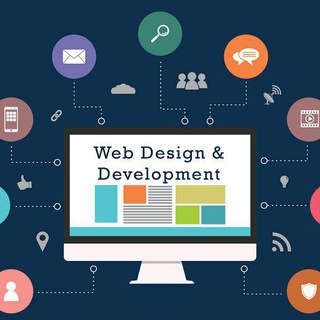How to Become a Full Stack Developer?
Here is my definition of the skills required to be able to call yourself a full-stack data scientist.
Minimum requirements, i.e. you should have at least some experience with all of these:
Python
SQL
Data wrangling
Exploratory data analysis
Feature engineering
Basic statistics
Cross-validation
Regression and classification
At least one deep learning framework
API development
At least one cloud platform
Version control (git)
Preferred qualifications, i.e. you should have familiarity with all of these and some experience with most of them:
NoSQL
NLP
Image recognition
Object-oriented programming
Test-driven development
Distributed systems
Containerization (Docker)
DevOps
Microservices
Streaming analytics
As you can see, this is quite a lot. Data scientist isn’t an entry-level job in my opinion, and when you add «full-stack» it certainly isn’t.
It’s unlikely that you’ll pick up all of these skills as part of education and self-study. Some on-the-job training is necessary.
A full-stack data scientist should have the software engineering skills of a backend developer with at least a couple of years of experience.
So the answer is that you become one by doing the following three:
Complete a STEM degree or at least a degree with a decent number of quantitative subjects.
Self-study obsessively. Hobby projects, MOOCs, papers, books and so on.
Take an entry-level job like junior data scientist, software engineer or similar and gain some experience. It should have a heavy focus on programming.
For More Follow our Page. @full_stack_developer_course
Here is my definition of the skills required to be able to call yourself a full-stack data scientist.
Minimum requirements, i.e. you should have at least some experience with all of these:
Python
SQL
Data wrangling
Exploratory data analysis
Feature engineering
Basic statistics
Cross-validation
Regression and classification
At least one deep learning framework
API development
At least one cloud platform
Version control (git)
Preferred qualifications, i.e. you should have familiarity with all of these and some experience with most of them:
NoSQL
NLP
Image recognition
Object-oriented programming
Test-driven development
Distributed systems
Containerization (Docker)
DevOps
Microservices
Streaming analytics
As you can see, this is quite a lot. Data scientist isn’t an entry-level job in my opinion, and when you add «full-stack» it certainly isn’t.
It’s unlikely that you’ll pick up all of these skills as part of education and self-study. Some on-the-job training is necessary.
A full-stack data scientist should have the software engineering skills of a backend developer with at least a couple of years of experience.
So the answer is that you become one by doing the following three:
Complete a STEM degree or at least a degree with a decent number of quantitative subjects.
Self-study obsessively. Hobby projects, MOOCs, papers, books and so on.
Take an entry-level job like junior data scientist, software engineer or similar and gain some experience. It should have a heavy focus on programming.
For More Follow our Page. @full_stack_developer_course
Advantages and Disadvantages of Full Stack Developer
Advantages
The advantage of being a full stack web developer is:
You can master all the techniques involved in a development project
You can make a prototype very rapidly
You can provide help to all the team members
You can reduce the cost of the project
You can reduce the time used for team communication
You can switch between front and back end development based on requirements
You can better understand all aspects of new and upcoming technologies
Disadvantages
The solution chosen can be wrong for the project
The solution chosen can be dependent on developer skills
The solution can generate a key person risk
Being a full stack developer is increasingly complex
Join. @full_stack_developerz
Advantages
The advantage of being a full stack web developer is:
You can master all the techniques involved in a development project
You can make a prototype very rapidly
You can provide help to all the team members
You can reduce the cost of the project
You can reduce the time used for team communication
You can switch between front and back end development based on requirements
You can better understand all aspects of new and upcoming technologies
Disadvantages
The solution chosen can be wrong for the project
The solution chosen can be dependent on developer skills
The solution can generate a key person risk
Being a full stack developer is increasingly complex
Join. @full_stack_developerz

